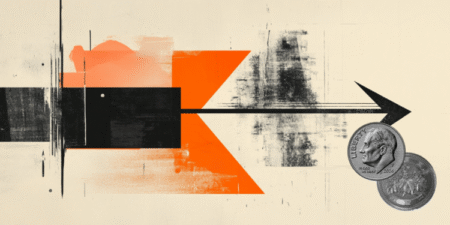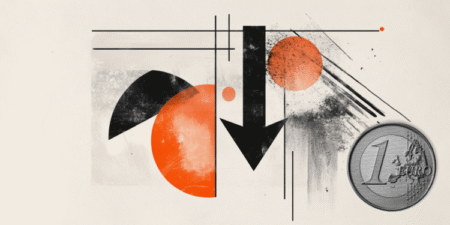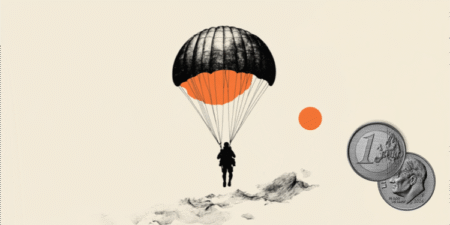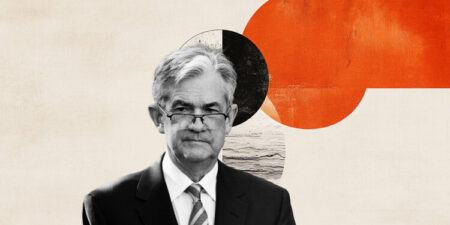- Silver returns above $38.00 amid subdued market volatility.
- Investors’ caution ahead of the Trump-Zelenskyy meeting is providing some support to precious metals.
- XAG/USD’s bulls are likely to be challenged at $38.40.
Silver (XAG/USD) has trimmed some losses in a cautious market session, returning above $the $38.00 level on Monday. A moderate risk aversion as traders await the outcome of the Trump-Zelenskyy meeting is buoying precious metals. Silver, nevertheless, is lacking a clear bullish momentum.
The US Dollar, on the other hand, is showing a somewhat firmer tone on Monday. The US Dollar Index, which measures the value of the US Dollar against a basket of six currencies, appreciates about 0.2%, following a 0.85% decline in the previous two trading days. This USD strength is limiting Silver’s upside attempts.
Technical analysis: XAG/USD likely to be capped below $38.40
The technical picture suggests that the current recovery is a correction after the reversal from the $38.75 high last week, which has pushed price action below the ascending trendline support. The 4-Hour RSI remains flat around the 50 level, reflecting a lack of a clear bias, while a bearish divergence hints at a deeper reversal.
Price action broke the trendline support from late July last week, which is expected to pose a serious challenge for bulls at the confluence with an intraday resistance and support level at $38.40. A successful break of that level would ease bearish pressure and bring the August 14 high, at the mentioned $38.75 area, back into play.
A bearish reversal from current levels, on the contrary, might find support at Friday’s low, $37.70, ahead of the August 5 low, at $37.35. Further down, the next target is the August 4 low, at $36.65.
Silver FAQs
Silver is a precious metal highly traded among investors. It has been historically used as a store of value and a medium of exchange. Although less popular than Gold, traders may turn to Silver to diversify their investment portfolio, for its intrinsic value or as a potential hedge during high-inflation periods. Investors can buy physical Silver, in coins or in bars, or trade it through vehicles such as Exchange Traded Funds, which track its price on international markets.
Silver prices can move due to a wide range of factors. Geopolitical instability or fears of a deep recession can make Silver price escalate due to its safe-haven status, although to a lesser extent than Gold’s. As a yieldless asset, Silver tends to rise with lower interest rates. Its moves also depend on how the US Dollar (USD) behaves as the asset is priced in dollars (XAG/USD). A strong Dollar tends to keep the price of Silver at bay, whereas a weaker Dollar is likely to propel prices up. Other factors such as investment demand, mining supply – Silver is much more abundant than Gold – and recycling rates can also affect prices.
Silver is widely used in industry, particularly in sectors such as electronics or solar energy, as it has one of the highest electric conductivity of all metals – more than Copper and Gold. A surge in demand can increase prices, while a decline tends to lower them. Dynamics in the US, Chinese and Indian economies can also contribute to price swings: for the US and particularly China, their big industrial sectors use Silver in various processes; in India, consumers’ demand for the precious metal for jewellery also plays a key role in setting prices.
Silver prices tend to follow Gold’s moves. When Gold prices rise, Silver typically follows suit, as their status as safe-haven assets is similar. The Gold/Silver ratio, which shows the number of ounces of Silver needed to equal the value of one ounce of Gold, may help to determine the relative valuation between both metals. Some investors may consider a high ratio as an indicator that Silver is undervalued, or Gold is overvalued. On the contrary, a low ratio might suggest that Gold is undervalued relative to Silver.
Read the full article here
















